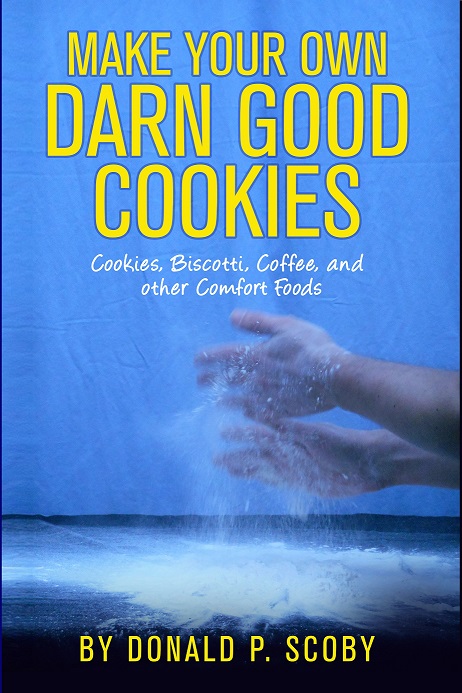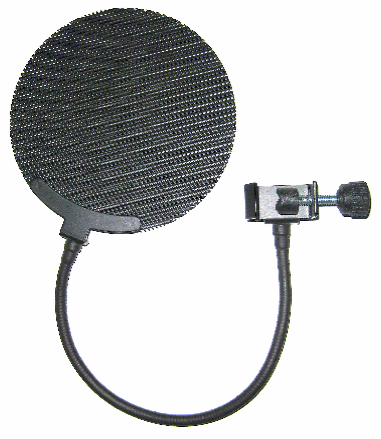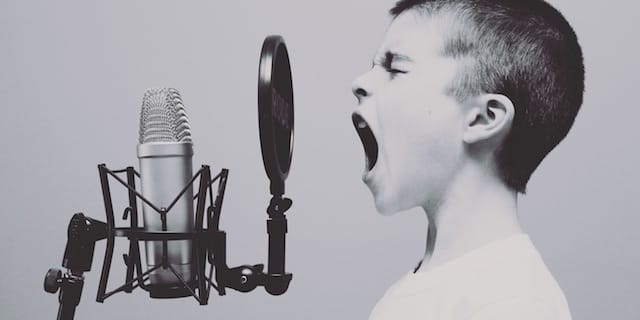
As I began the ‘sprint to the finish-line’ completing my book in 2017, an odd thought came to mind …. “I have a voice, and digital recording gear — I could produce my recipe book as an audiobook!” Frankly, at the time, I thought it was kind of funny — who would listen to a recipe book?!? And then that idea grew into a new-possible endeavour — that I could become an Audiobook Narrator! And then I found a few recipe books that had been produced as an audioboook … apparently I’m not so weird.
Excited at the prospect, I dove into to information gathering — while Batman runs off to The Batcave, I of course go to the ever more humble internet. I found LOADS of links and reading*! What more was that I largely found consistent information on how to do the work, how to get gigs, how to price jobs, the standard industry pay range. In fact, it was weird, because all the information was so consistent — as though all the articles I found were written from the same source! I dug a bit more and found an article that ‘pulled away the curtain’ and told what everyone else wasn’t telling me — and that truth didn’t look bad either.
(* see links below and/or embedded in this post)
The single-most helpful information source I found was from blogger and veteran audiobook narrator Karen Commins. Her blog offers numerous experience-based straightforward posts — more than I had time to go through, so I targeted those that would give me the bootstrap information I needed to assess if this was viable for me.
 Audiobook recording, reading (narration), and professional jobs have a fairly short list of requirements and ins-and-outs. I’m not getting into that detail today, however you can put those elements together for yourself reading the various articles I linked below. I’m not claiming to be an expert on this topic by any means, however I have a pretty good initial understanding. In short, you need a decent voice but don’t actually have to have a great voice — but you do need to be able to read out loud well … and when you think about reading aloud professionally you suddenly become much more self-conscious! Obviously you need a microphone — while there are very expensive voice microphones available, for most people something lower-end is more than adequate. You also have to be literate …. and considering I’m typing this post and I’ve written a book, I think I have that covered.
Audiobook recording, reading (narration), and professional jobs have a fairly short list of requirements and ins-and-outs. I’m not getting into that detail today, however you can put those elements together for yourself reading the various articles I linked below. I’m not claiming to be an expert on this topic by any means, however I have a pretty good initial understanding. In short, you need a decent voice but don’t actually have to have a great voice — but you do need to be able to read out loud well … and when you think about reading aloud professionally you suddenly become much more self-conscious! Obviously you need a microphone — while there are very expensive voice microphones available, for most people something lower-end is more than adequate. You also have to be literate …. and considering I’m typing this post and I’ve written a book, I think I have that covered.
All that said … now that I have my book published in paper and e-book forms — available on Amazon — and I’ve completed a few other priority tasks on my dreaded To Do List …. I’m going to give it a go and make my recipe book into an audiobook!
Studio Gear I Have
 Recording — My impression is that most people working in the industry are recording directly into a computer using a microphone interface. Coming from a music and field-recording background, my approach is a little different. I have a Zoom H4n with the extras pack, which I purchased from zZounds.com. This is essentially a 4-channel digital studio that fits in the palm of your hand. Zoom is known for making products that are good quality, affordable, and intuitive — and in my experience that description is spot on! To me the H4n is also good for audiobook narration because, unlike my computer … no fan noise. I also own a Zoom H2n, which is what I use for most of my field-recording projects. This unit alone could replace many of the gear-pieces I could otherwise use.
Recording — My impression is that most people working in the industry are recording directly into a computer using a microphone interface. Coming from a music and field-recording background, my approach is a little different. I have a Zoom H4n with the extras pack, which I purchased from zZounds.com. This is essentially a 4-channel digital studio that fits in the palm of your hand. Zoom is known for making products that are good quality, affordable, and intuitive — and in my experience that description is spot on! To me the H4n is also good for audiobook narration because, unlike my computer … no fan noise. I also own a Zoom H2n, which is what I use for most of my field-recording projects. This unit alone could replace many of the gear-pieces I could otherwise use.- Voice Microphone — I have both an AKG Perception 200 and an Electro-Voice RE10. These were purchased used and I paid under $100 each — and they work like CHAMPS! I’ll do some experimenting with each, but I predict I will use the AKG mic.
- In-Ear Monitors — Monitors are a must! In my various music experiences as a Highland bagpiper I have seen all sorts of approaches to audio gear — and all price ranges. The Shure SE-215 in-ear monitors are lower cost, however they are by no means lower quality. I have seen many respected stage performers using this product, and so far I have been nothing but happy with it.
- Studio Software — There are many options on the market, and many that do and cost far more than the needs of most audiobook narrators’ needs (ProTools, CueBase, etc). For years I have been using Adobe Audion (which is looked-down upon by many musicians, works fine for me). Audacity is free, relatively easy to learn if you are accustom to noodling around and figuring out software for yourself, and plenty robust for most audiobook narrators’ (and podcasters’) needs.
Studio Gear I Need
-

A pop filter …. yeah, I know, it kinda looks like a fly swatter. Pop Filter — A pop filter serves a couple of purposes, right now let’s focus on the noise-issue it helps with. Pop filters help to “reduce or eliminate popping sounds caused by the mechanical impact of fast-moving air on the microphone during recorded speech and singing.” In other words, it helps to keep the recording from spiking — especially with words starting with B and P. They don’t cost much, but I need to con$erve right now, so I’ve done some online research and rigged one up using a piece of spandex. If that doesn’t work I have a few other things to experiment with. In time, I would prefer to get a proper pop filter.
- Studio — Many people in the industry work from home. If your abode is in a relatively quite place, most rooms with carpet, furniture, and curtains (etc) will suffice. You want to cut-down the noise and any echos. One way to do this is to cobble together a recording booth. This can be done with a number of things including surplus cubicle walls. If you have the money, the products made by WhisperRoom.com seem to be the leader.
OTHER LINKS … in no particular order
- WrittenWordMedia.com – Self-publish Audiobook Production and Distribution
- RRvoice.com – Audiobook Narration Pricing Simplified
- TheVoiceRealm.com voice-over-rates and count-script
- DavisSound.net – Estimating Cost for Producing Audiobooks.pdf
- BusinessInsider.com – Famous Narrator Worlds Coolest Job
- LinkedIn.com – how-to-get-started-as-an-audible-narrator
- TheCreativePenn.com – record-your-own-audiobooks 2015/04/20
- SelfPublishingAdvice.org – reaching-readers-how-to-create-audiobooks-via-acx
- AudioPub.org Narrators-Guide-2016.pdf
- Gutenberg.org
- VoiceOverXtra.com article auwivkec and hpf45zv7
- ThePennyHoarder.com make-money side-gigs voice-over-jobs-narrating-audiobooks
- YouTube.com – “So…You want to be an audiobook narrator?” and “Audio Book Narration Tips for Beginners“
